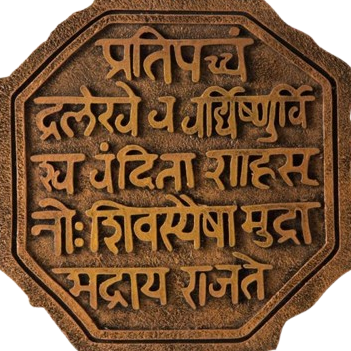
German Gender Grammar: Understanding Der, Die, Das Without Losing Your Mind
.
If you’ve ever stared at a German noun and wondered why it’s “der,” “die,” or “das,” you’re not alone. German gender grammar can feel like a mystery, like trying to guess your friend’s secret snack stash. But here’s the good news: once you crack the code, it gets way easier.
At SKOOL, we’re all about making tricky stuff simple and even a little fun. So let’s dive into the world of der, die, and das, your new German best friends.
“Don’t worry, I will introduce them as 3 roommates”
Meet the German trio: der, die, das. These tiny words decide the gender of every noun. Sounds simple? Well, sometimes it feels like they just picked genders out of a hat!
Think of them as three quirky roommates:
-
Der is the strong, confident guy.
-
Die is the elegant, mysterious lady.
-
Das is the chill, neutral friend who goes with the flow.
Why Does Gender Matter?
Because it changes everything—how you say “the,” how adjectives behave, even how sentences flow. Mix them up, and you might say something funny or confusing. Like calling a girl “das Mädchen” (which is actually correct but sounds strange if you don’t know why).
Quick Tip: Learn Nouns with Their Articles
Instead of just “Apfel” (apple), learn “der Apfel”. It helps your brain remember the gender better and saves you from guessing later.
Look for Word Ending Clues
German loves patterns. Here are some endings that usually give away the gender:
-
Masculine (der): often ends in -er, -en, -el
Example: der Lehrer (teacher) -
Feminine (die): often ends in -e, -heit, -keit
Example: die Blume (flower) -
Neuter (das): often ends in -chen, -lein, -ment
Example: das Mädchen (girl)
But remember, there are exceptions! That’s part of the fun.
Fun Quiz Time!
Let’s see how well you know your der, die, das. Pick the right article for each noun:
-
____ Buch (book)
-
____ Sonne (sun)
-
____ Stuhl (chair)
-
____ Mädchen (girl)
-
____ Auto (car)
(Answers at the end — no peeking!)
Why So Many Rules?
German uses gender to add precision. It’s not random; it helps speakers know exactly what’s being talked about. This system also changes adjectives and pronouns, so getting it right means smoother, clearer sentences.
Here’s a Bonus Hack
Try learning nouns together with their articles, and make a little story or image for each one. For example, imagine “der Apfel” as a macho apple wearing sunglasses. Weird? Yes. Memorable? Definitely.
Quiz Answers:
-
das Buch
-
die Sonne
-
der Stuhl
-
das Mädchen
-
das Auto
Ready to get friendly with der, die, and das? Join TLS classes where native speakers make learning German easy and fun, without losing your mind.
Got a funny or confusing “der, die, das” moment? Please share it with us. We love hearing your stories!












